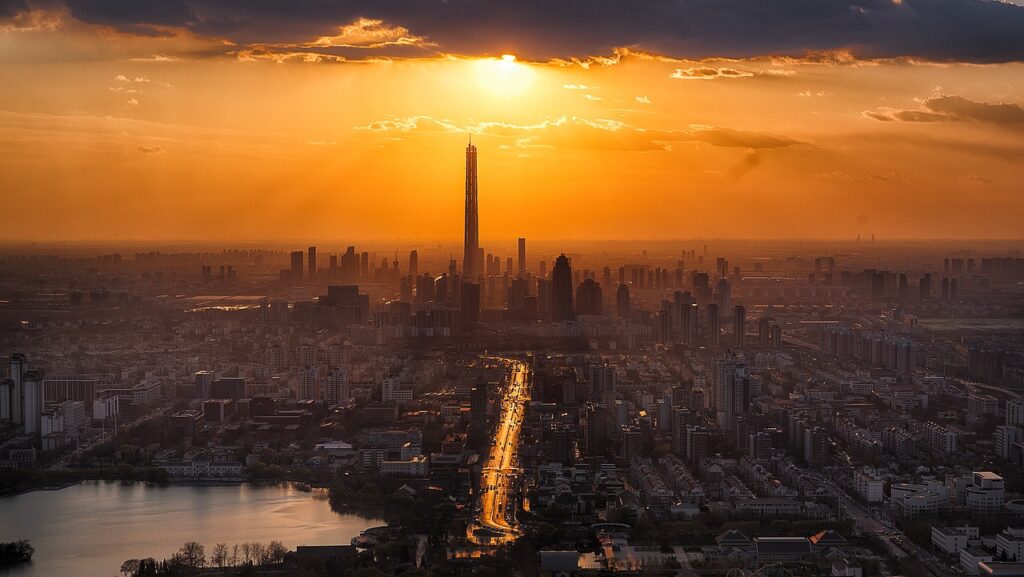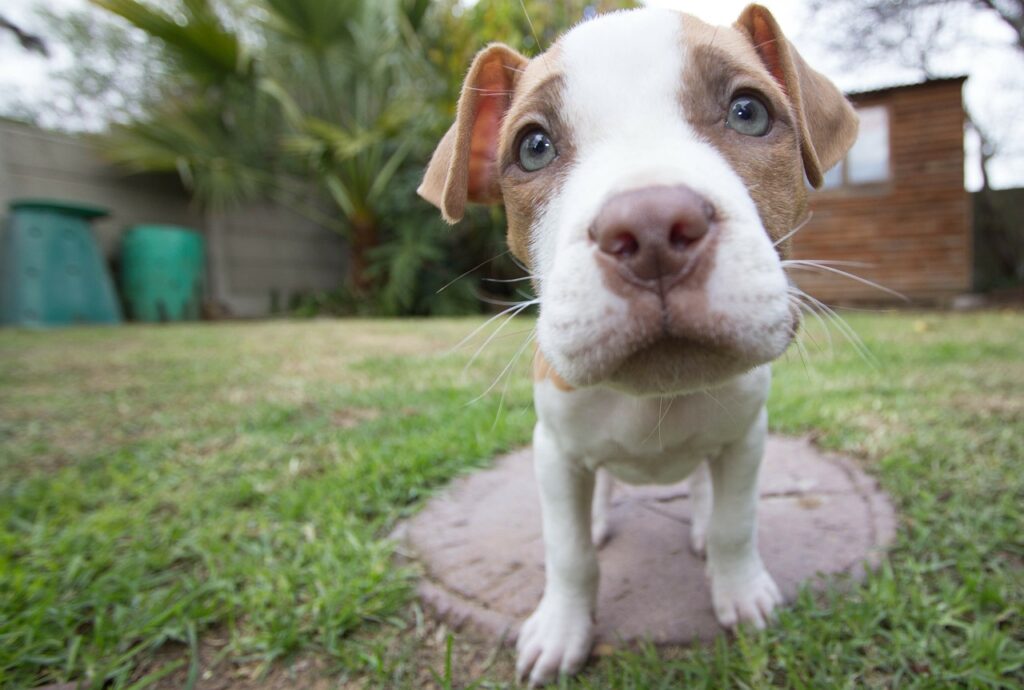While it may be the simplest method, “Point and Shoot” photography will rarely give you the results you’re looking for when trying to capture the perfect image. The variables and options available to you with modern photography equipment and post-production software are nearly endless. Mastering these tools and techniques and knowing when to apply them is exactly why many professionals attend photography school in the first place.
Choosing the right lens is one of those options, and often times a wide-angle lens will be what you want to use. Here’s a quick primer on what you need to know when using a wide-angle lens.

What is a wide-angle lens?
A wide-angle lens is any lens that has a wider field of view than what the human eye typically sees. With modern equipment, a 50mm lens is considered normal for full-frame cameras and equates to 35mm for APS-C or cropped sensors. Anything wider than 50mm is considered a wide-angle lens. Remember — the smaller the number for focal length, the wider the lens will be. If you go any wider than a 15mm lens (full frame), the lens is considered fisheye.
A wide-angle lens distorts your subject and enhances your perspective. The subject closer to the camera appears larger than objects farther away. They could be the same size in actuality, but will appear differently through your lens.
Why use a wide-angle lens?
By using a wide-angle lens, you add a sense of depth and inclusion to your photos. When used correctly, a wide-angle lens can create successful images that draw your audience in. They are also a simple way to capture as much image as possible. It’s common for photographers to use wide-angle lenses for landscapes as well as cityscapes and skylines, for example.
Mistakes to Avoid
If you are using a wide-angle lens to capture a particular subject, as opposed to a broader scene in general, you have to make sure this subject is relatively close to the lens. Shots should be taken within a few inches from your subject.
Make sure your photos have some depth — the subject should be up close, at least one other object at medium distance, and the background should be far away. These layers of depth add to your image. One mistake that some photographers make is having everything in their image an equal distance apart, giving their work a flat, uninspired look.

